On the final day of Taemin Ha’s visit to Central Mongolia at the tail end of last summer, he was hauling giant wooden poles and shepherding livestock around the edges of the Terkh White Lake. The South Korean photographer had been staying with and making pictures of a large nomadic family who were distantly related to a friend of Taemin’s from Seoul. With autumn approaching they were moving their temporary homes – called gers – to a new location.
After finding their new spot for the upcoming season and erected the large yurts that they called home, Taemin was sitting on the lush, untouched grass with two of the family’s young boys, when they suddenly got up and ran down to the stream. Playing with the water, one of the boys, named Amarbayar, lay down on the bank and started splashing and washing his face. As he did so, Taemin crouched down and flicked the shutter on his camera.

“That was a really memorable moment for me,” Taemin recalls. Unable to speak Mongolian, and likewise with the family unable to speak Korean, it was a moment of connection that transcended language barriers. “And then after that photo they wanted me to take more photos of them, so they tried different things without telling me like posing or doing crazy things in the water. Since it was the last day of my summer trip, I felt like our intimacy and bond had been made.”
That picture is now part of his new photographic series The White Lake of Terkh River. Created over a series of three trips in the past 18 months, Taemin spent months living with Amarbayar’s extended family – which was separated into four smaller families – helping them farm the land and look after the livestock, while documenting his time with them. Every three months, as a new season came in, they would move their gers to a different patch of land, all centred around the Terkh White Lake in search of fresh grazing patches for the sheep and cows, while staying within easy-to-reach distance of the nearest village, where their children would attend school and they would sell their produce.


From photographing the nearest village blanketed in snow to capturing the joyful lives of the children, the pictures are an intimate glimpse into the daily lives of the pastoral, semi-nomadic family, as well as life in the depths of rural Mongolia, with the nearest city – Mongolia’s capital Ulaanbaatar – roughly 14 hours away by car. In the process, he captured how they were navigating and blending old ways of life with 21st century modernity.
“When my friend told me about them, I imagined a traditional nomadic life,” Taemin explains. “But when I lived with them, it was interesting because I felt like it was in between super old, traditional cultures and modern-day life – for instance they still work in those nomadic ways, but in education their children would stay in the village on weekdays and visit the family on weekends.”
While with the family, Taemin would split his time with the adults working the land and staying with the children in the village. With no one to cook or do basic chores for them, the children were forced to adapt quickly and learn how to look after one another. “I was really surprised,” he says. “They were really independent, not because they wanted to but because they [had] to be. Four or five children lived there on weekdays and when I expressed that I was hungry, they just started cooking for me – they already knew how to do the parenting and they really took care of me.”


The dynamic would lead to Taemin forming a close bond with them, which shines through in the photographs. In the end, spotlighting their intimacy and humanity of the children and extended family turned into the focus of the project. “There are so many documentary photo series about Mongolia – landscapes, huge nature, traditional clothing, animals etc.,” he continues. “When I looked back at the photos I realised I focused more on the family themselves. The traditions and Mongolia were not the first priority – I wanted to focus on the relationship between me and the family themselves.”
Photographs from The White Lake of Terkh River can be seen on Taemin Ha’s Instagram.
Follow Isaac on Twitter.
Enjoyed this article? Like Huck on Facebook or follow us on Twitter.
Latest on Huck
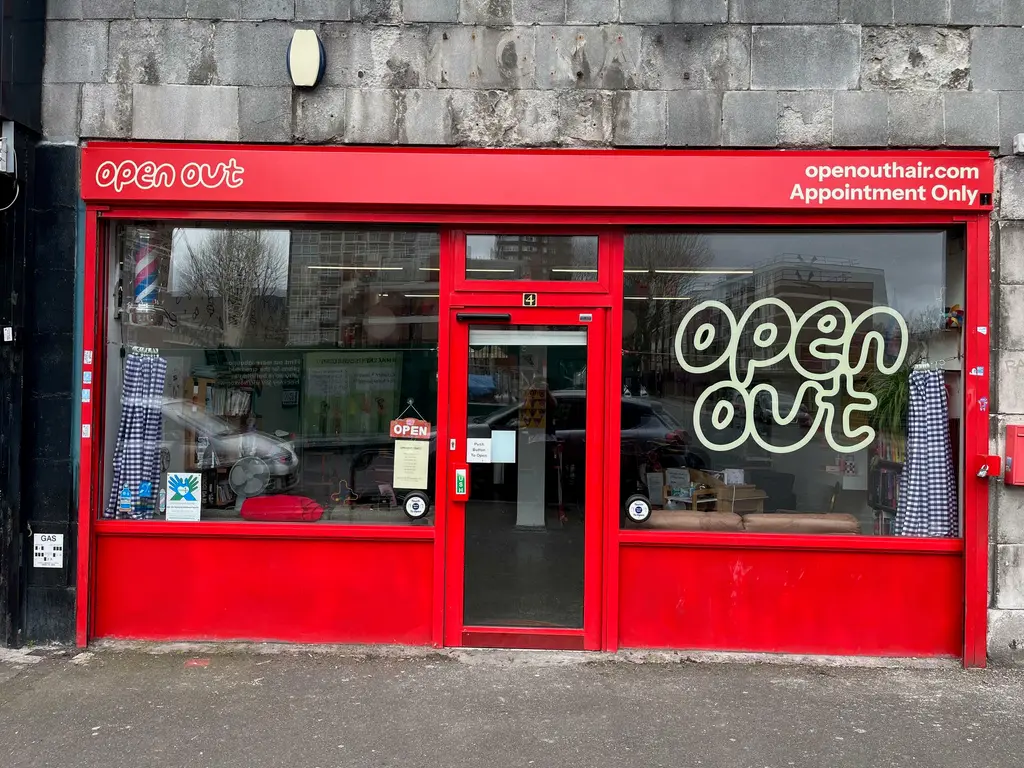
Meet the trans-led hairdressers providing London with gender-affirming trims
Open Out — Since being founded in 2011, the Hoxton salon has become a crucial space the city’s LGBTQ+ community. Hannah Bentley caught up with co-founder Greygory Vass to hear about its growth, breaking down barbering binaries, and the recent Supreme Court ruling.
Written by: Hannah Bentley
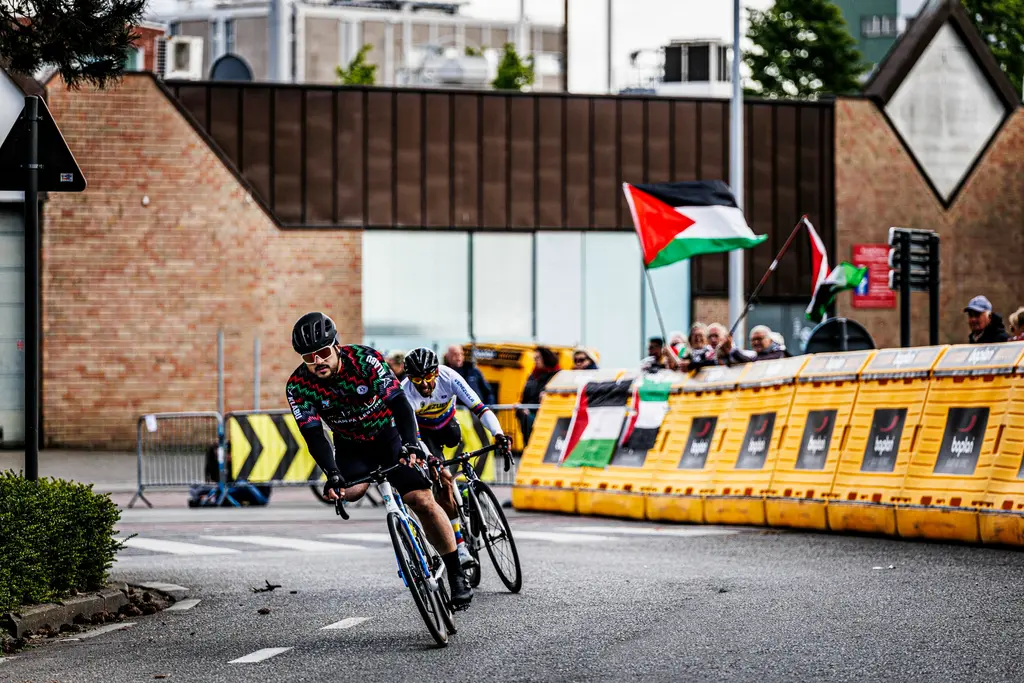
Gazan amputees secure Para-Cycling World Championships qualification
Gaza Sunbirds — Alaa al-Dali and Mohamed Asfour earned Palestine’s first-ever top-20 finish at the Para-Cycling World Cup in Belgium over the weekend.
Written by: Isaac Muk
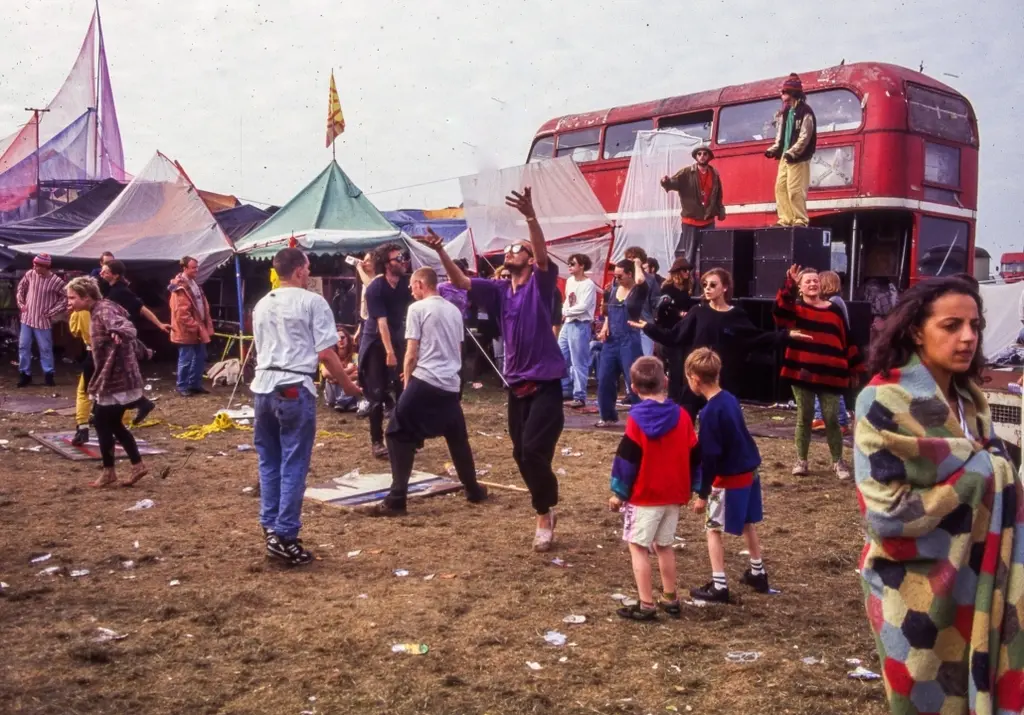
New documentary revisits the radical history of UK free rave culture
Free Party: A Folk History — Directed by Aaron Trinder, it features first-hand stories from key crews including DiY, Spiral Tribe, Bedlam and Circus Warp, with public streaming available from May 30.
Written by: Isaac Muk
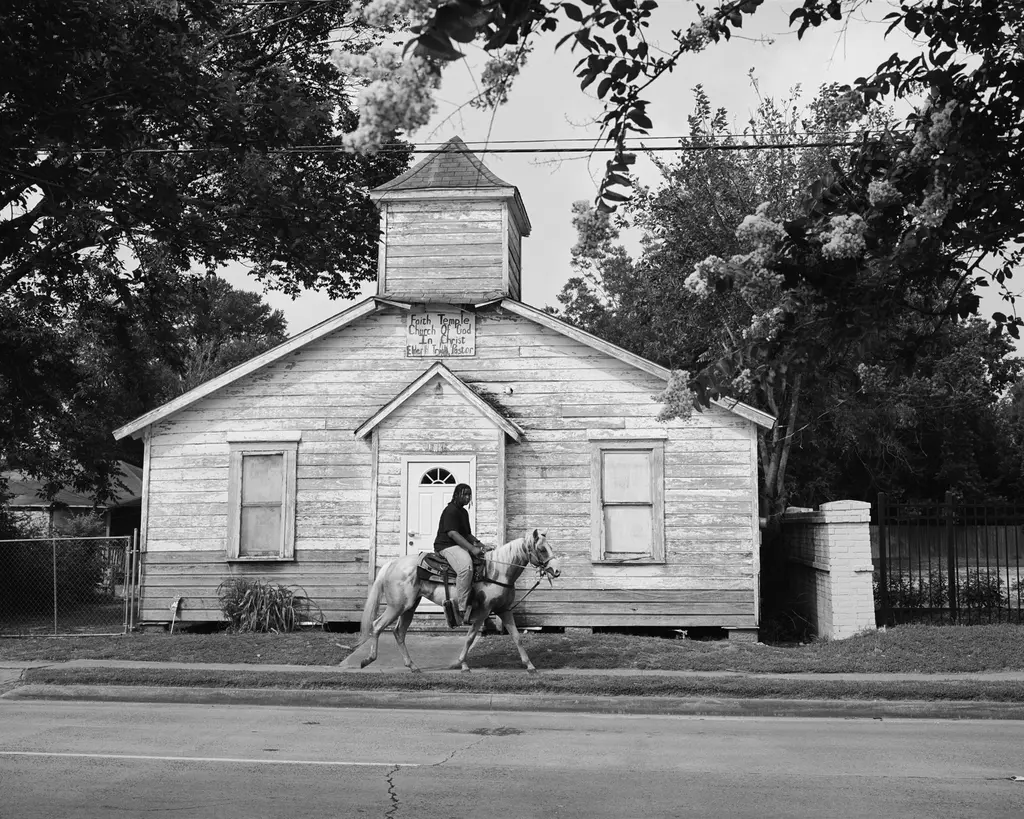
Rahim Fortune’s dreamlike vision of the Black American South
Reflections — In the Texas native’s debut solo show, he weaves familial history and documentary photography to challenge the region’s visual tropes.
Written by: Miss Rosen
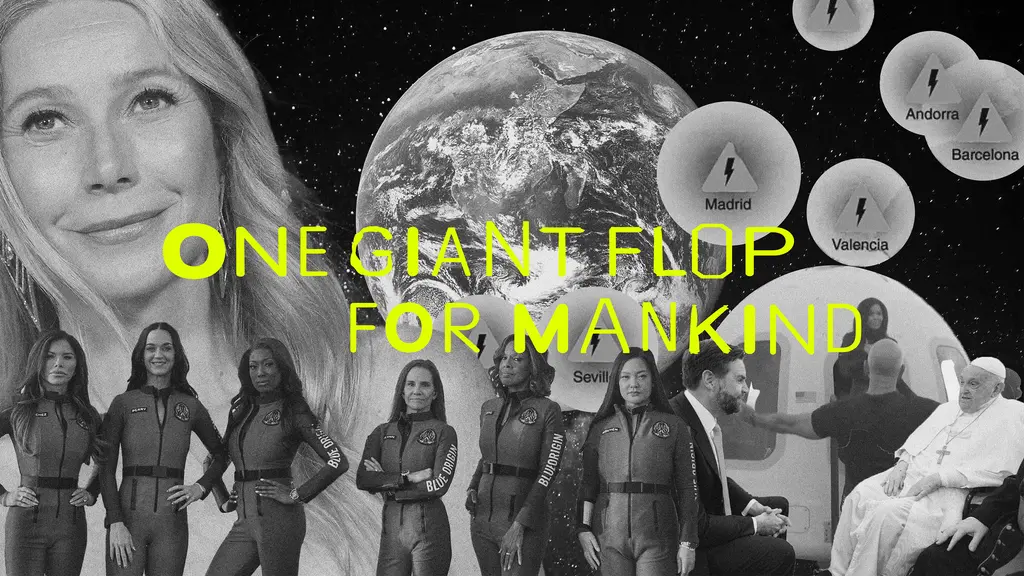
Why Katy Perry’s space flight was one giant flop for mankind
Galactic girlbossing — In a widely-panned, 11-minute trip to the edge of the earth’s atmosphere, the ‘Women’s World’ singer joined an all-female space crew in an expensive vanity advert for Jeff Bezos’ Blue Origin. Newsletter columnist Emma Garland explains its apocalypse indicating signs.
Written by: Emma Garland
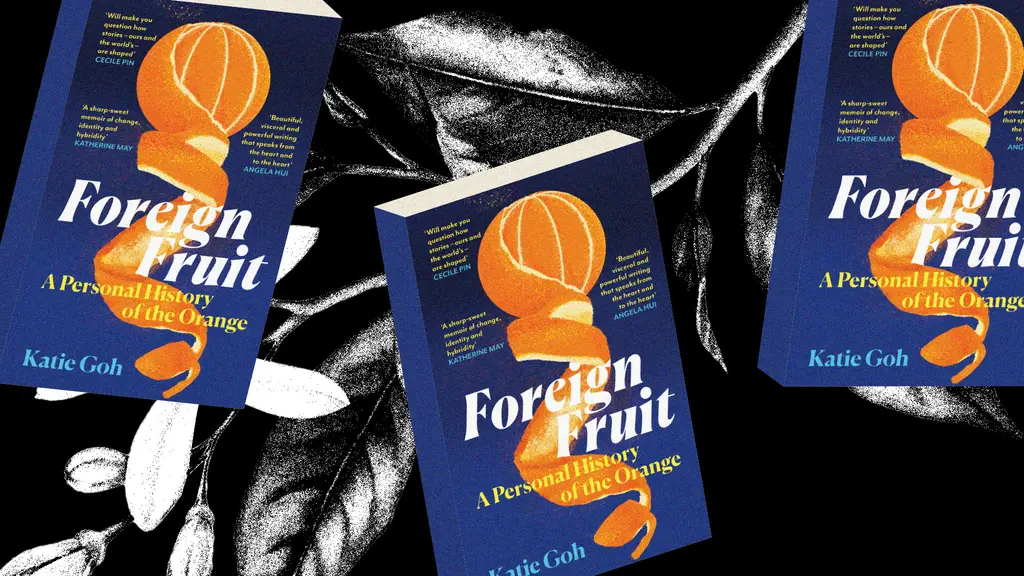
Katie Goh: “I want people to engage with the politics of oranges”
Foreign Fruit — In her new book, the Edinburgh-based writer traces her personal history through the citrus fruit’s global spread, from a village in China to Californian groves. Angela Hui caught up with her to find out more.
Written by: Katie Goh


